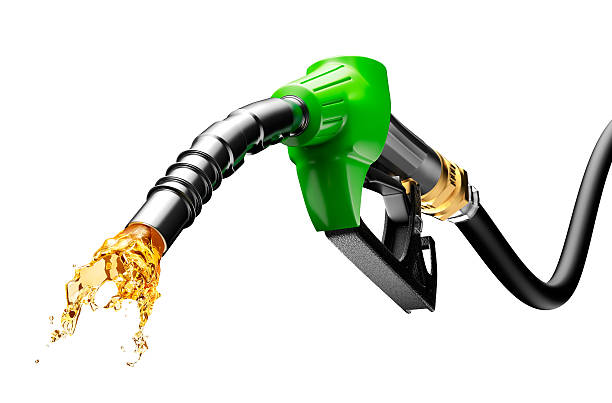One of the most acute challenges stimulus packages by global central banks have created is inflation. In the quest to cushion economies from credit shocks of the COVID19 pandemic, global central banks have in conjunction with fiscal authorities intervened through stimulus packages that have shored up the levels of liquidity to compensate for both lost purchasing power through job losses and shriveled growth in pandemic periods. This has however generally fuelled an inflation climb with the US recording highs of 5.0% versus a 2.0% US Federal Reserve target while other key markets such as England grapple with inflation of 2.1% in May from 1.3% in April as that for the eurozone rose sharply in May to 2% – just above the European Central Bank’s target. Asian economies such as China are similarly trying to tame inflation as it continues to pose a threat to economic growth momentum and its associated variables.

GEOPOLITICAL TENSION FUELED CRUDE PRICE BULLS
Asides increased liquidity from stimulus interventions by central banks and general re-opening of economies after concerted vaccine efforts that are fueling demand backlogs, the world faces other upside risks such as geopolitical tension, rising shipping and airline freight costs. For energy markets such as crude, fading talks between Iran and the US could imply the Middle East giant could delay its additional 500,000 barrels a day contribution to OPEC+ output and as such could keep Brent and West Texas Intermediate – WTI prices elevated for some time while the election of hardliner Ebrahim Raisi who has pledged to bring back his country’s production back to the market, could have implications for the oil market through his stance on nuclear talks with the worlds largest economy the US. Brent is now flirting with highs of $75/bbl, record highs not seen in years.

LOGISTICS INFLATION PRESSURES
Shipping costs have climbed to unprecedented levels supported by demand for containers and shipping backlog hurdles induced by the global pandemic situation. The surge in shipping costs was noticed visibly in the autumn of 2020, but the first months of this year have seen a new surge in prices across different freight rates (dry bulk, containers) along major trade routes. Prices for several trade lanes have tripled compared to last year, and charter prices for container vessels have seen similar rises. With continued global imbalances, lack of alternatives to ocean freight, uneven recovery in the course of this year, port congestion and shut downs are the key drivers of elevated shipping costs now and into the future until the pandemic completely addressed.
Arline freight is not exempted from this problem as airlines in the US join in the queue to reduce flight points which will then spiral freight costs defining another faculty of logistics inflation.

EMERGING MARKETS INFLATION QUAGMIRE
With emerging markets in the labyrinth of endogenous inflation quagmires as currencies weaken to drive cost push pressures, demand pull inflation remains another source of pressure as excess liquidity from stimulus injections still weighs. However while jurisdictions are addressing inflation through a commencement of rate hikes in the EM space to tame currency slides, global inflation will pose challenging as it seeps through economies especially for net importers. Most nations that remain feebly diversified are highly exposed to import inflation shocks.

Manufacturing costs across emerging and frontier market nations are poised to scale given rising crude prices as geopolitical tensions heighten in addition to global inflation pressures. This could exacerbate the already existing problem to spiral producer and consumer inflations higher which will in-turn hurt private sector pulse. We can expect to see slowing Purchasing Managers Index – PMI readings over the coming months should global inflation persist.

As though hiking interest rates seems an interim solution, the pandemic effects could bar central banks from going that route as economic growth momentum would slow. COVID19 is still a the biggest threat to supply chain management and will be the biggest determinant of key monetary policy decisions.
The month of April had seen what looked like a commencement of a rate hiking cycle with 5 emerging markets of 37 central banks namely in Belarus, Ukraine, Russia, Kyrgyzstan, Georgia and Tajikistan raising benchmark interest rates.
Global inflation remains a quagmire for central banks as they seek to stabilize prices of currency and term money while trying to yield growth simultaneously.
The Kwacha Arbitrageur

